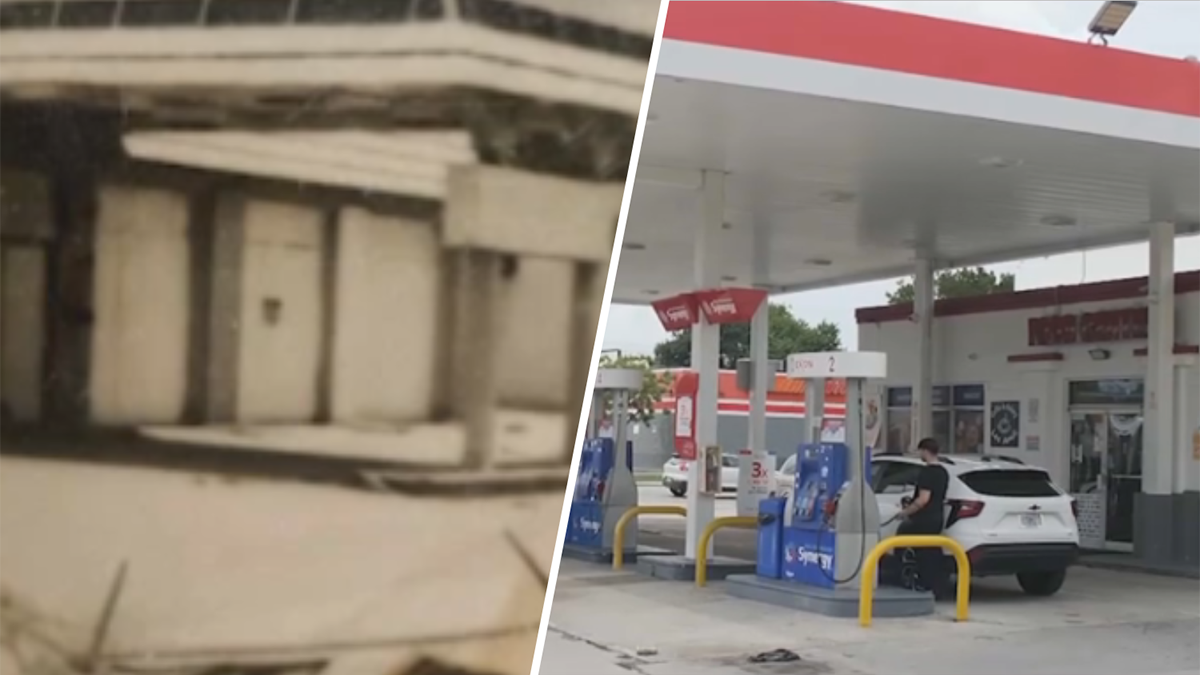What we do and how we do it impacts whether our drinking water is dirty or clean. Pollution can travel below the land surface and contaminate our water supply.
But over the years, processes have been developed to make sure the water pumped to your home is safe, clear, and drinkable.
NBC6 Responds visited the Alexander Orr Water Treatment Facility operated by the Miami-Dade Water and Sewer Department.
Water from this water treatment facility ends up in homes South of SW 8th Street to 248th Street in Miami-Dade County. But with multiple plants across the county, the Miami-Dade Water and Sewer Department provides drinking water for about 2.3 million people.
The Hurricane season is on. Our meteorologists are ready. Sign up for the NBC 6 Weather newsletter to get the latest forecast in your inbox.
“In Miami-Dade County, the water quality is extremely high, and I am very comfortable with people drinking tap water. I drink the tap water,” said Roy Coley, the Director of the Miami-Dade Water and Sewer Department.
He showed NBC6 the ins and outs of what it takes to filter and disinfect your drinking water.
How water is cleaned for drinking
Responds
Responding to every consumer complaint
When water is pumped from the aquifer to the Miami-Dade Water and Treatment facility, lime is added as the first step in a long process.
Lime helps to soften the water, purify, and eliminate cloudiness.
Next, disinfectants like chlorine and ammonia are used. Together they create what is known as chloramine. This helps to protect the water against bacteria.
The water then travels through a series of filters to remove the remaining chemicals.
Before the water is pumped out to your house, two more chemicals are added: a small amount of fluoride and a compound to reduce corrosion as the water travels through pipes in the distribution system.
Because things like bacteria, heavy metals, and chemicals can leach through corroded pipes, microbiologists and chemists test the water multiple times before it gets to your home.
Each year, roughly 320,000 analyses of water samples are taken to make sure contaminants regulated by the Environmental Protection Agency are under the federal limits for what’s considered safe in our drinking water.
Water districts are required to publish a drinking water quality report each year. It’s a snapshot of the water quality once a year and it shows contamination levels.
This report is published online by your local water district and is also distributed through the mail.



